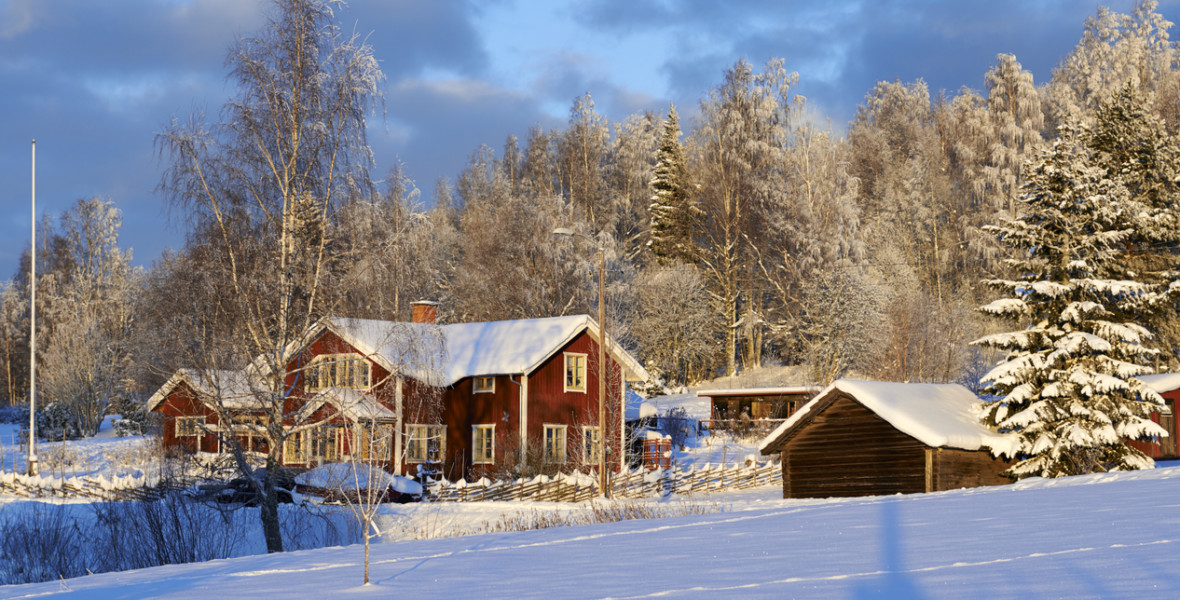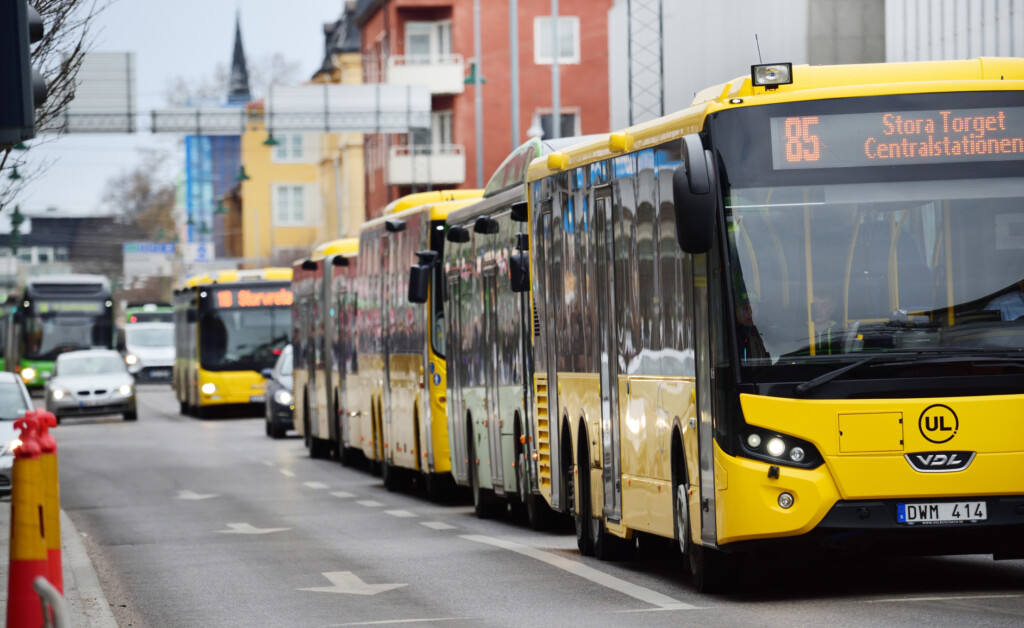Lifestyle & consumption
Remote work provides new opportunities in rural areas

Remote work driven by the pandemic has opened new doors for urbanites who long for small-town life, and for rural municipalities that want to grow. Hans Westlund, professor of urban and regional studies, calls it a silent revolution.
Prenumerera på Extrakts nyhetsbrev!
Läs mer
Håll dig uppdaterad! Få kunskapen, idéerna och de nya lösningarna för ett hållbart samhälle.
Personal data is stored only for the mailing of Extrakt newsletters and information related to Extrakt’s operations. You can cancel the newsletter at any time, which means you will no longer receive any emails from us
During the pandemic, many office workers acquired a taste for working remotely. Although recommendations on working from home have all but been eliminated, many groups of workers are continuing to stay at home at least a few days a week.
“A lot of people think working from home has been a success, and there’s great pressure to not go back to how things were before,” says Hans Westlund, researcher at the KTH Royal Institute of Technology.

Yet he also sees an increase in employers’ acceptance of remote work, noting that what was initially introduced as a temporary fix now seems to be here to stay to some extent.
“If this keeps up and we continue working remotely, it actually means a quiet revolution in the labour market – something that municipalities in rural areas can benefit from,” he says.
In a new research project, he is studying the trend of urbanites moving out to the countryside but keeping their jobs in the city on a remote basis. He intends to discover just how big this trend is, and where the displaced remote workers from cities actually end up.
He speculates that attractive municipalities like Åre, Trosa and Österlen have likely seen an influx of new residents but that even other municipalities can have experienced the trend.
“There are many municipalities that have a lot to offer that the cities lack,” he says. “The beauty of nature, for one, is all around us in many parts of the country.”
Accepting longer commutes
Westlund also speculates that most of the remote workers who left the big cities during the pandemic have moved to municipalities that are too far away from their offices to commute.
“It might not be viable to go into the city every day, but you can put up with going in one or two days a week,” he says. “But I think we’ll see, too, that there are people who have moved even farther away and who are now mainly working remotely.”
As part of his research project, he will conduct surveys with remote workers who have opted out of life in the big city.
“I want to find out why they move, how they make it work and what obstacles they face,” he says.
He hopes that his research will serve as support for municipalities, who stand to gain from new growth opportunities if the remote work trend persists.
“Perhaps remote workers have special needs that have to be met for them to consider a move,” he says. “Well-functioning broadband, for example, is a necessity for these groups and there may be other important drivers.”
Building a bridge between city and country
Many rural municipalities are struggling with dwindling populations, with a lack of public services as a result. A vicious spiral surely lies ahead. The extent to which remote workers from major cities will boost population numbers and encourage development in these areas remains to be seen.
According to Westlund, the remote workers who leave big cities have the potential in theory to challenge the sharp divide between city and country. He describes them as “doubly embedded”.
“They stand with one foot in the countryside and the other in the city. Perhaps they can form a bridge between these different parts of the country.”





